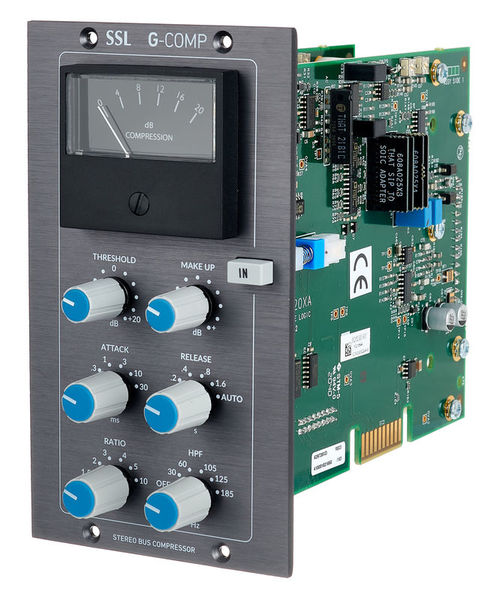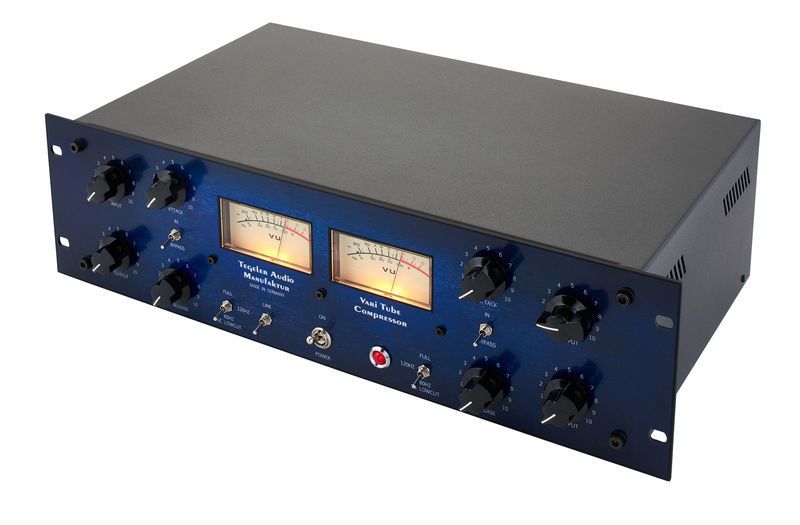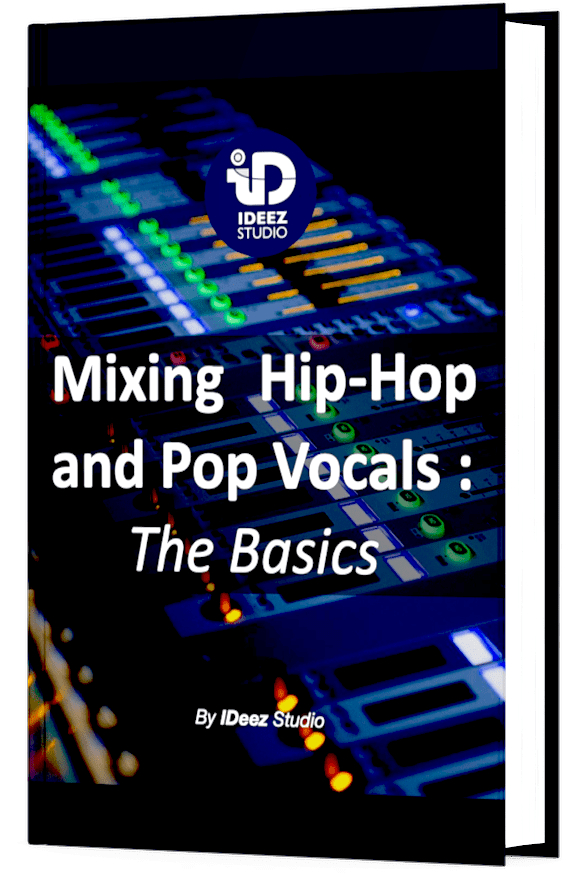Compressors are often seen as really complicated tools to use. And if you’re reading this article, you might be lost in this big jungle of compressors. VCA, FET, Vari-Mu… what all these letters mean ? What is the best way to use each type of compressor ? Let’s see what are the 4 main types of compressors available on the market, and how to use them!
First of all, let’s remember that we work in an artistic field, which means that being creative has to be a priority.
This article will help you to understand the way those compressors work and especially in which situation you can use them.
But you’re totally free to use them differently. Trying, trying, and trying again… this is the only way to improve, especially in the mixing field.
Ready ? Let’s go!
1. VCA (Voltage Controlled Amplifier)
Those type of compressors are pretty versatile and are generally used as a mix bus compression, mainly because they are designed for signal control.
The response time is also very wide which allows the user to set the perfect value for the source in question.
Those compressors are pretty transparent and don’t color the sound, while many compressors could easily do.

The SSL G-Series is probably the most used VCA compressor of the world for adding “glue” on our mix. The API-2500 is also one of the greatest tool to use as a mix bus compressor.
Those types of compressors also work well with vocals and drums busses. But again, it really depends on the situation.
Unless you have a crazy idea in your mind, don’t use them to add character to the source.
2. FET (Field Effect Transistor)
These compressors are built to have a fast attack and release time (for the human ear, almost instantaneous).
By pushing them a little a little bit, those compressors tend to give the user a certain distortion to the signal. This is exactly why they are great to add a more aggressive character to the sound.
In pure term of result, they are the perfect opposite of the VCA’s, as they are not designed to be clean and transparent but efficient in a “coloration” goal.

The most popular FET compressor is probably the Urei 1176, often described as present, bright, and gritty as soon as it’s hardly pushed by the user. The 1176 made by Universal Audio is extremely close from what this original beast has in its body.
The original hardware version is extremely tough to find and also really expensive. But they are tons of software versions available on the market that work really well.
3. Opto
The optical compressors (also called simply “opto”) use a light source to determine how hard the signal will be compressed.
Sound to light ? Yep, it sounds weird, but this is literally what happens to the signal when in comes into the optical compressor. The audio actually turns into light that hits a light-sensitive resistor and causes the compression that comes out from the compressor.
This type of compressor is generally known to sound “smooth” a really “musical”.
The audio result that comes out from an opto compressor takes a little bit of the aggressivity of a FET compressor and a little bit of the cleanness of a VCA one.
But an optical compressor has its own tone and putting it in between the two other types of compressors would be way too simplistic.

The Teletronix LA-2A is probably the most popular optical compressor of the market.
The LA-2A only has two knobs: one for peak reduction and one for gain. Attack and release times are not controllable and depends on how hard the light hits the receiver.
They are useful for a lot of different sources. Be creative!
4. Tube
Also called Vari-Mu compressors, tube compressors use, as the name tells us, a tube to compress the signal.
To keep it simple, keep in mind that the louder the signal is, the more the compressor will work.
These types of compressors can add a certain character to your source but also help level out instruments as they add a certain amount of warmth which is suited to instruments such as guitars or drum overheads.

The Fairchild 670 is most popular one and can be used on any source to give more power and stability. But finding one is really tough nowadays.
Compressors are often seen as a really complicated tool only used in professional studios, but they are not, and will never be!
Using a compressor represents much more than gain reduction only. The best way to discover more about those tools is to hardly turn the knobs and listen to how it can affect your source.
Never forget to be creative!
HAVE FUN !!







